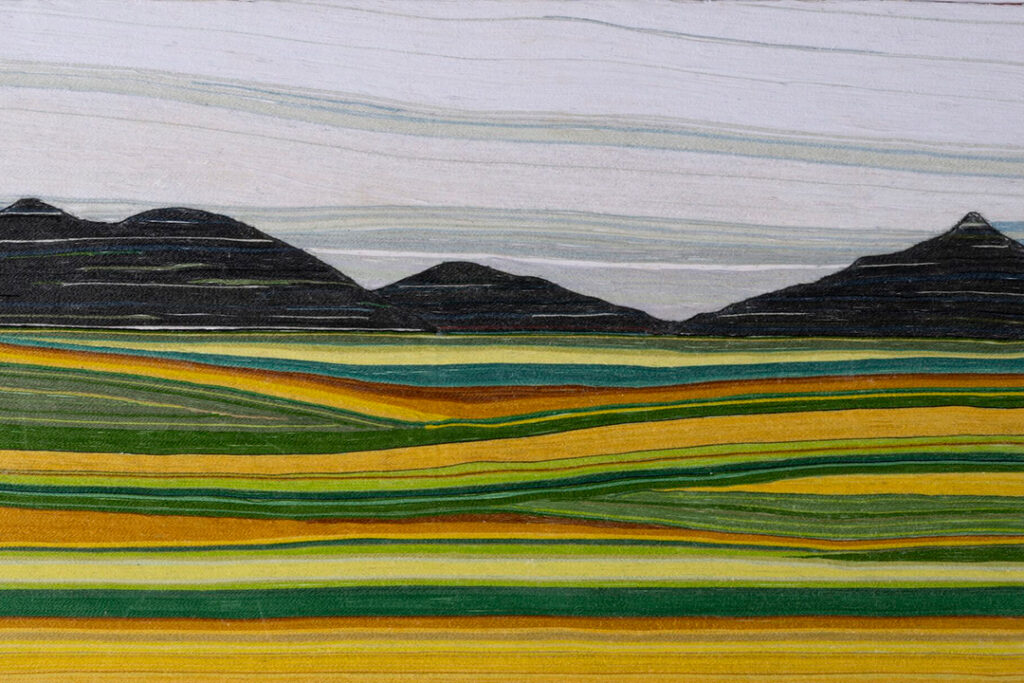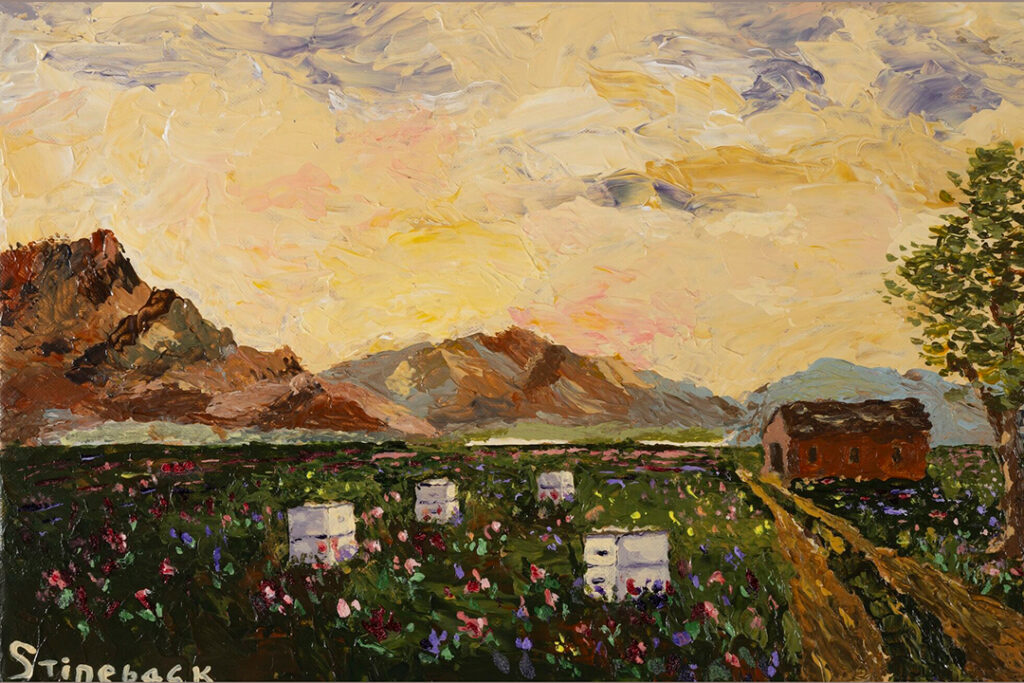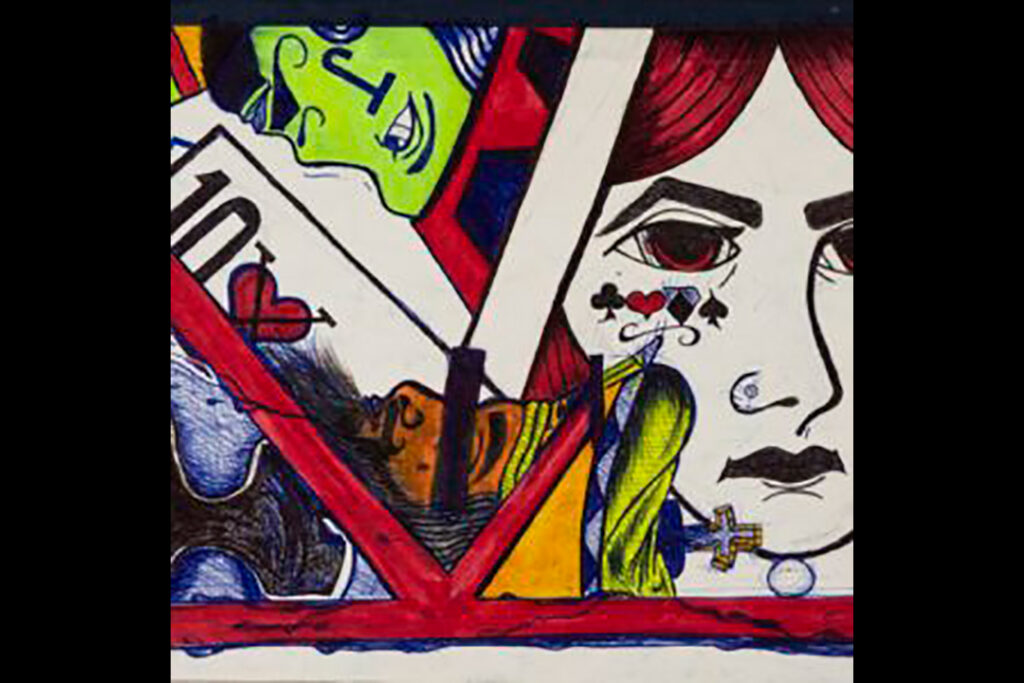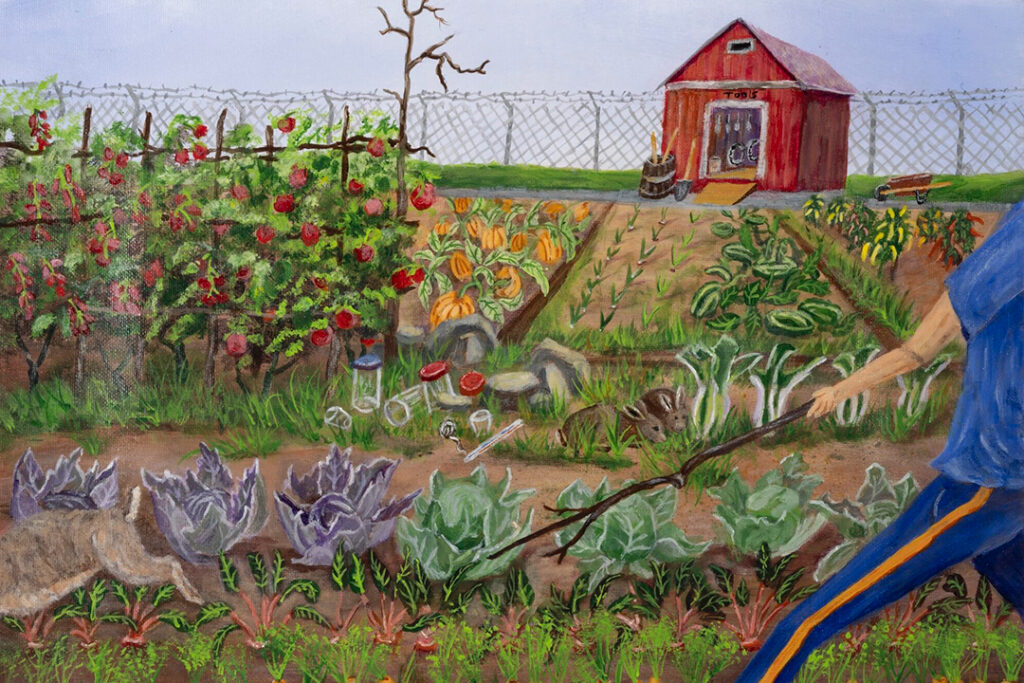The order that launched the Revolutionary War, 250 years later

The ‘shot heard ’round the world’ can be traced to one manuscript containing the orders for the Concord Expedition on April 18, 1775. The quill-to-paper draft orders, penned by British Army officer Thomas Gage, sparked the Battle at Lexington and Concord the following day. U-M’s Clements Library holds the document.
-
The quintessential correspondent
30 years ago, reporter Tony Collings took a chance on a job with a brand new TV network called CNN. Now on the U-M faculty, he looks back at a time when 24/7 news seemed nutty.
-
A mom's reinvention
Beth Myerowitz graduated this spring after overhauling her life and career, at 59, to attend U-M. But that’s not the only unique part of her story. Right at her side at spring commencement: her son, Joshua Sánchez, who earned his own graduate degree.
-
Most Americans live surprisingly close to their mothers
Most Americans live within 25 miles of their mothers, according to a report issued by the University of Michigan Retirement Research Center.
-
DoGood movement grows: Student iPhone app acquired by national company
The popular DoGood iPhone application developed by U-M students last year has been acquired by Tonic, a digital media company. It’s the latest of dozens of inventions by U-M students and faculty that are transforming the Michigan and national economies.
-
Entrepreneurship for social good
In U-M’s new Social Venture Creation course, students who want to make the world a better place are learning hands-on how to use business savvy and market principles to solve society’s challenges.
Plus: DoGood movement grows: Student iPhone app acquired by national company.
-
Mother-in-law day?
They often get a bad rap, but in-laws can be a woman’s best friend.
Columns
-
President's Message
Reaffirming our focus on student access and opportunity
U-M seeks to ensure every student will rise, achieve, and fulfill their dreams. -
Editor's Blog
Peace out
It's a mad, mad, mad, mad world out there. -
Climate Blue
Keeping our focus on climate
As federal support for climate science wanes, Ricky Rood remains hopeful. -
Health Yourself
Are you an ‘ager’ or a ‘youther’?
Why do some people appear younger or older than people born in the same year?
Listen & Subscribe
-

MGo Blue podcasts
Explore the Michigan Athletics series "In the Trenches," "On the Block," and "Conqu'ring Heroes." -

Michigan Ross Podcasts
Check out the series "Business and Society," "Business Beyond Usual," "Working for the Weekend," and "Down to Business." -

Michigan Medicine Podcasts
Hear audio series, news, and stories about the future of health care.
In the news
- USA Today US consumer sentiment and expectations fall again in April as tariff uncertainty continues
- CNN Beyond Ivy League, RFK Jr.'s NIH slashed science funding across states that backed Trump
- Detroit Free Press Inflation is slowing. Wages are up. So why does life feel costly for many Michiganders?
Creativity and connection across prison walls
One of the world’s largest and longest-running exhibitions of incarcerated artists is back with new programming designed to foster connection and deepen public understanding of incarceration in Michigan. The 29th annual Exhibition of Artists in Michigan Prisons, curated by U-M’s Prison Creative Arts Project, showcases 772 artworks by 538 artists incarcerated in 26 state prisons. The Duderstadt Center Gallery on U-M’s North Campus is presenting the artwork through April 1.


















